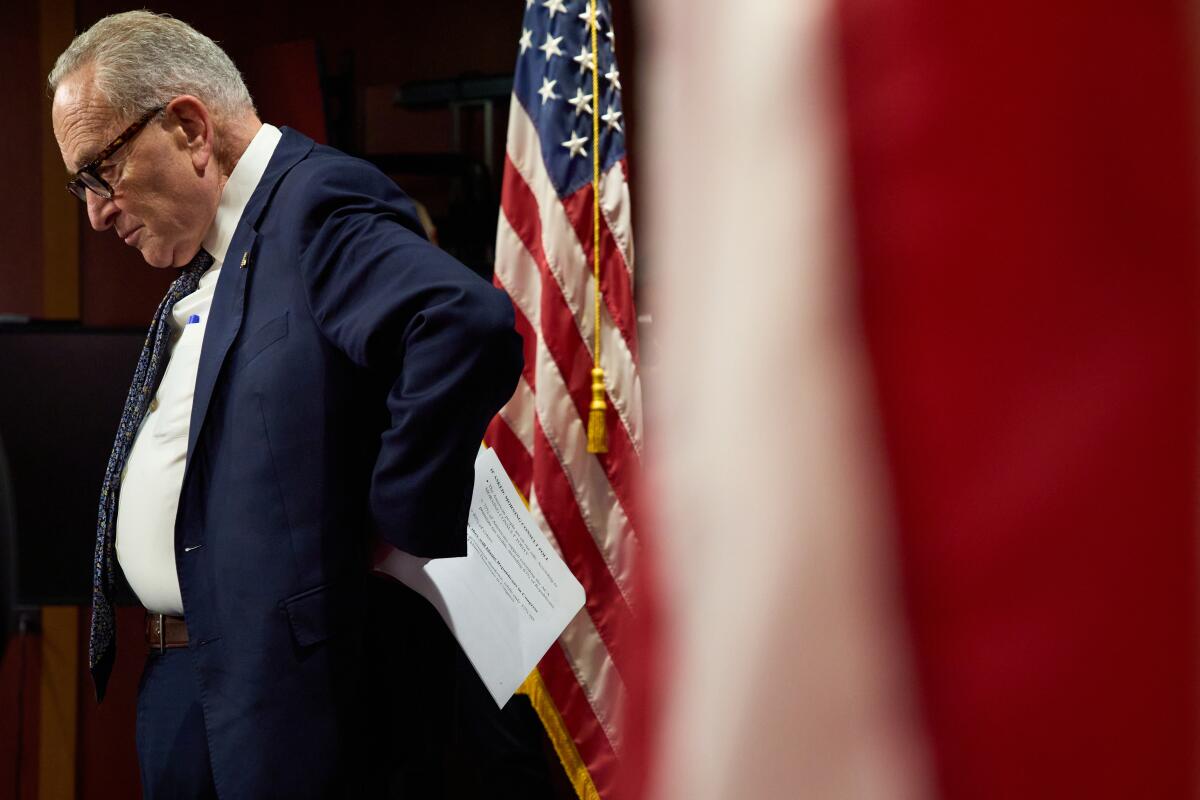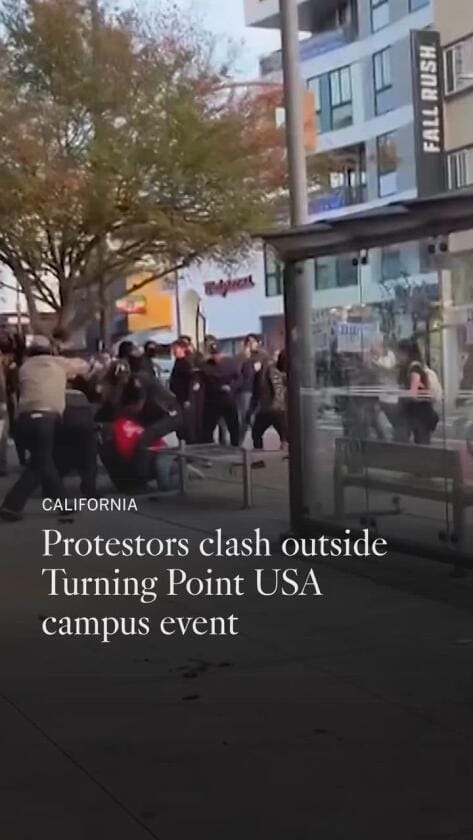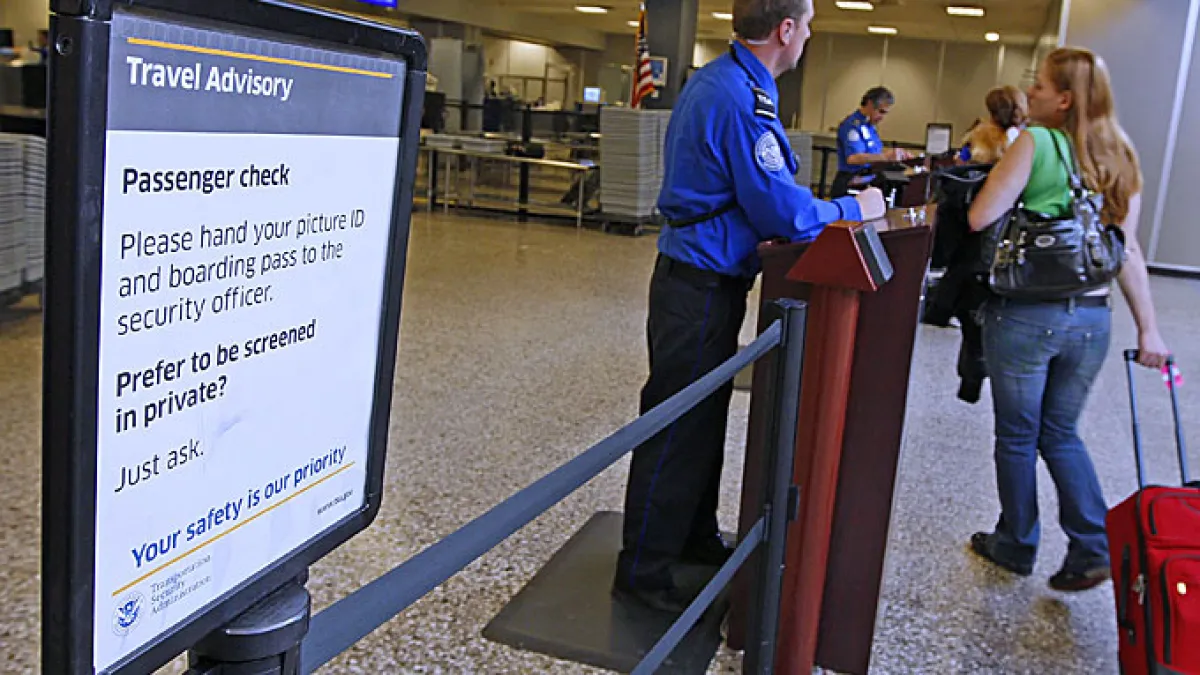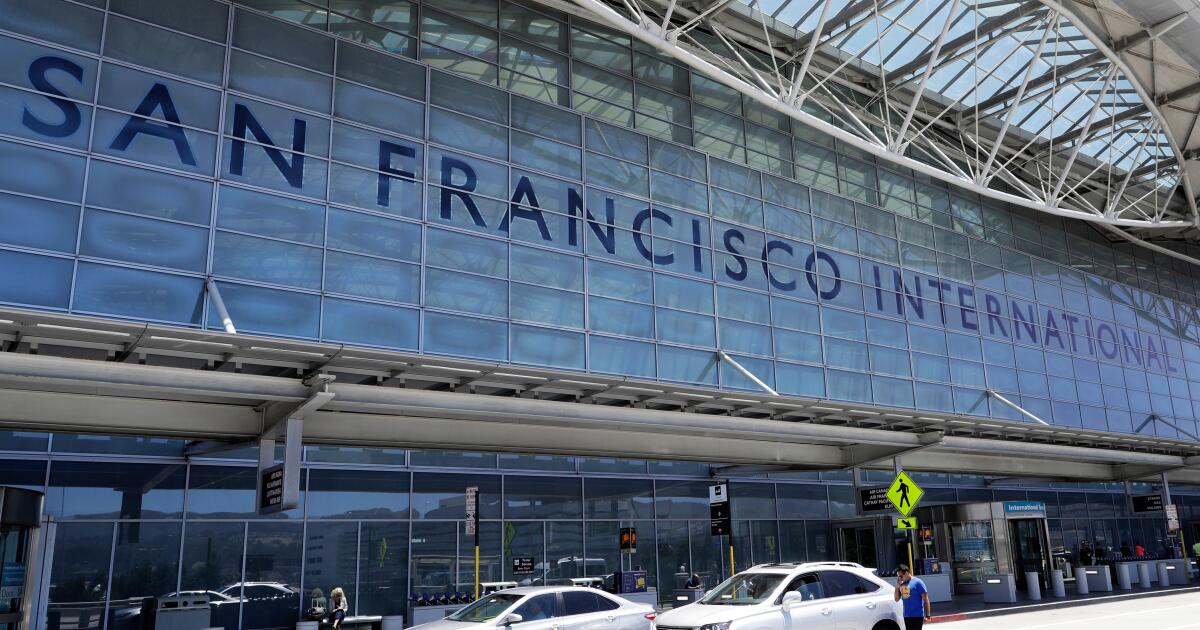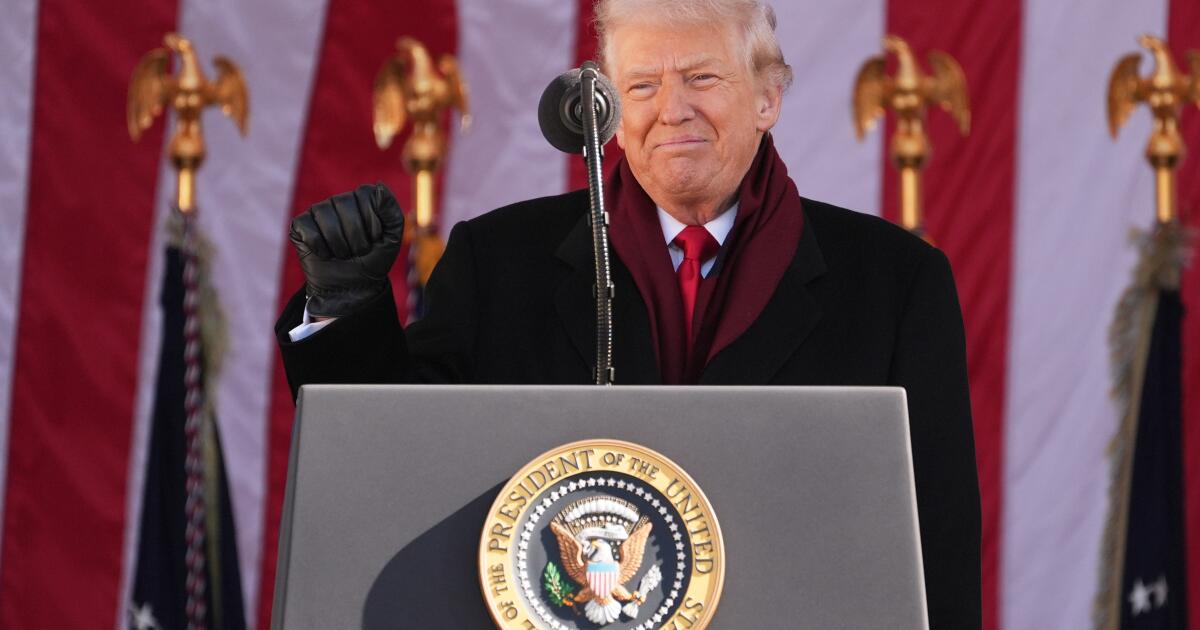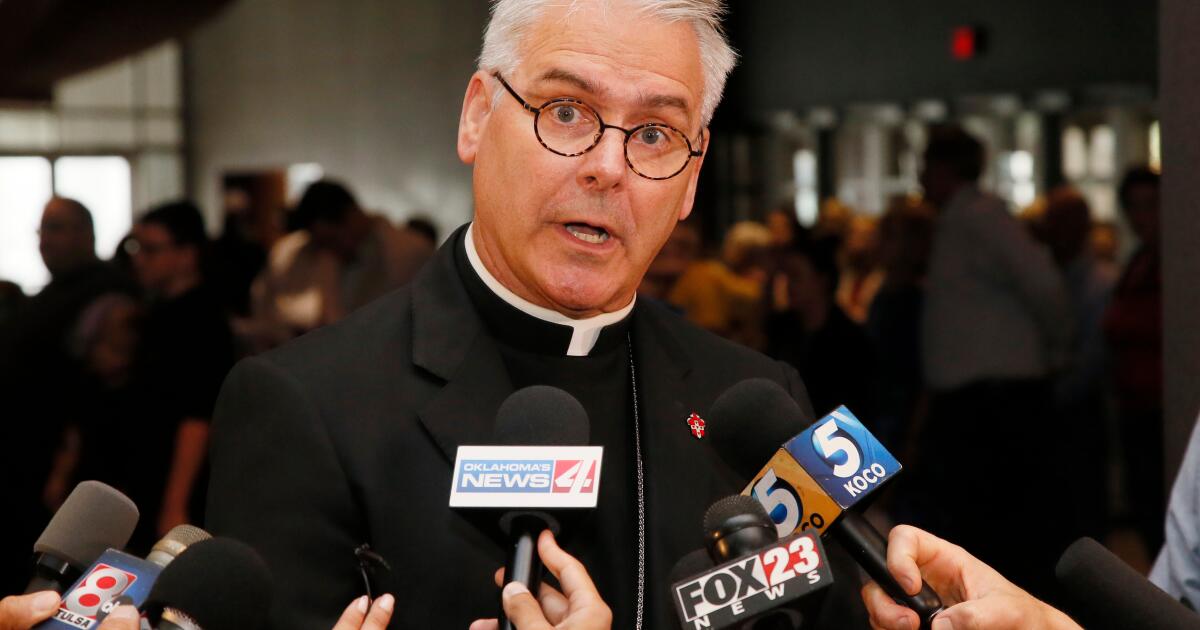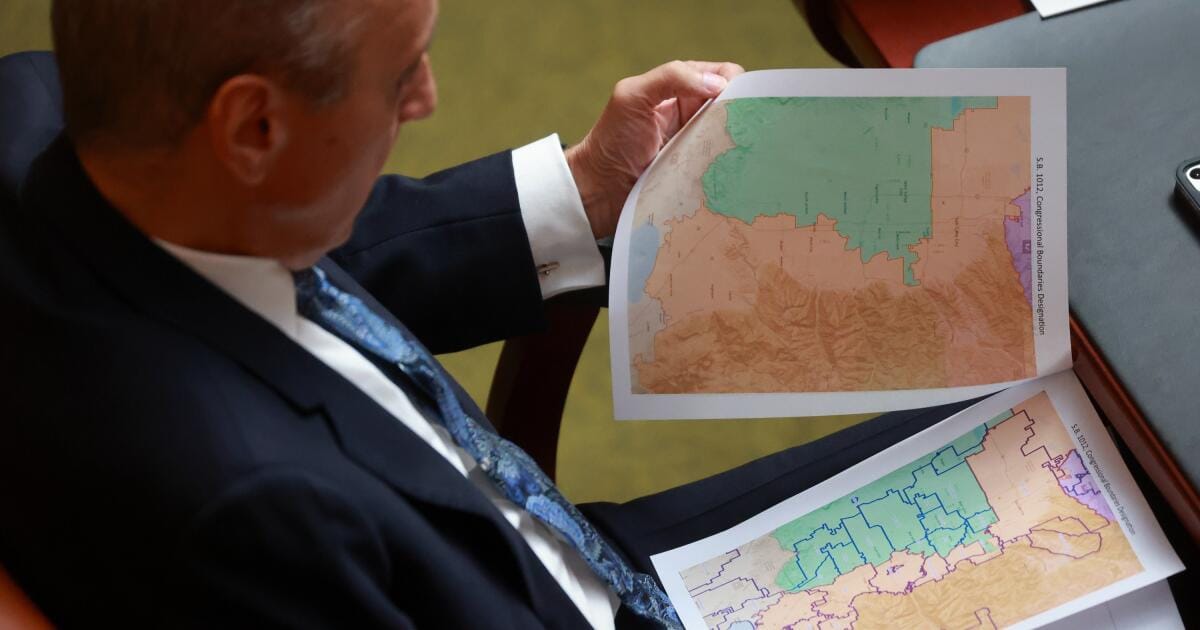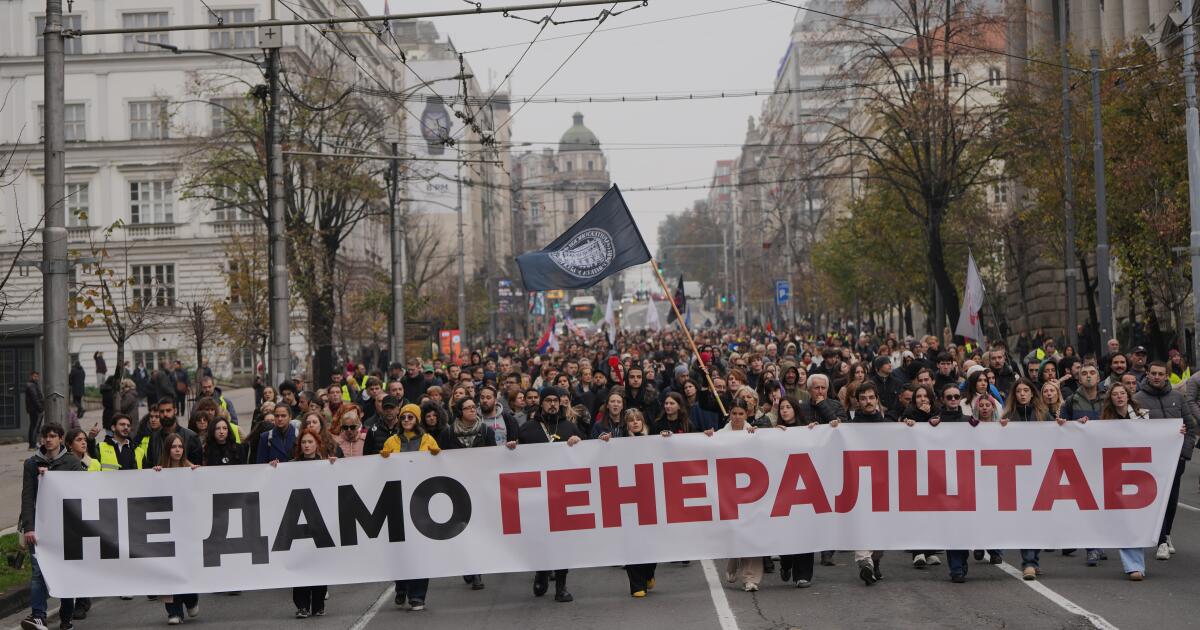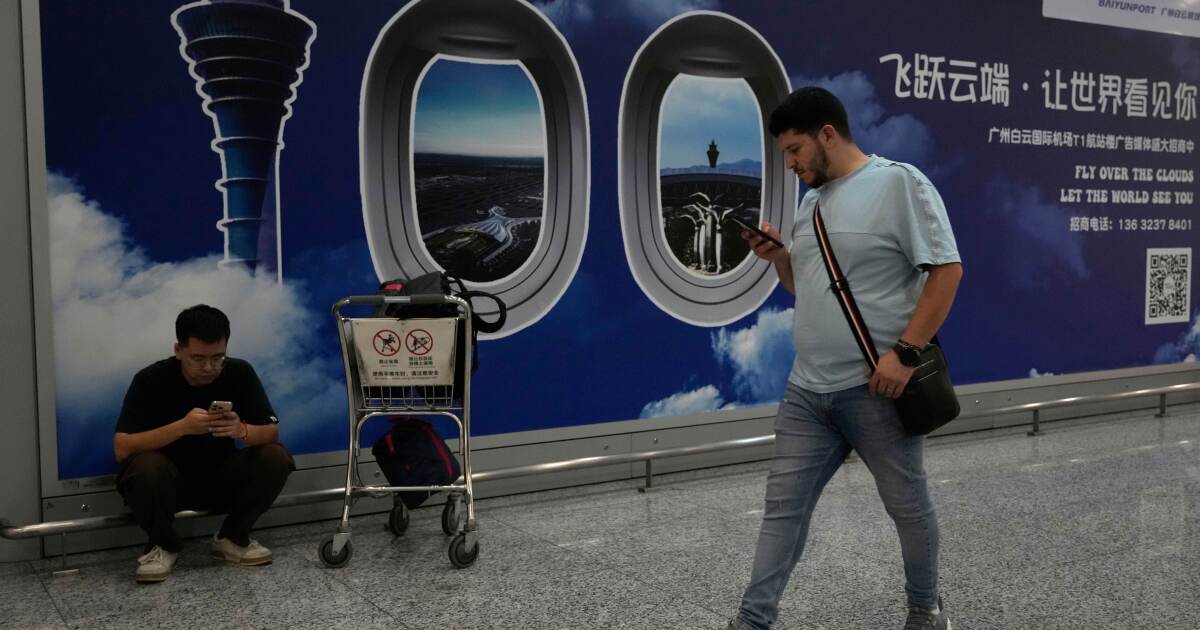A front-row seat to Trump’s deportation machine in Chicago
In September, Donald Trump posted an AI-generated image of himself on the shores of Lake Michigan in Chicago, depicted as Lt. Col. Kilgore, the gung-ho warmonger memorably played by Robert Duvall in Francis Ford Coppola’s messy masterpiece, “Apocalypse Now” — except the graphic bore the title “Chipocalypse Now.”
Trump sent out the message as his scorched-earth immigration enforcement campaign descended on the Windy City after doing its cruelty calisthenics in Southern California over the summer. Two months later, the campaign — nicknamed “Operation Midway Blitz” — shows no sign of slowing down.
La migra has been so out of control that a federal judge issued an injunction against their use of force, saying what they’ve done “shocks the conscience.” Among other outrages, agents shot and killed an immigrant trying to drive away from them, ran into a daycare facility and dragged out a teacher and tear-gassed a street that was about to host a Halloween kiddie parade.
I had a chance to witness the mayhem it has caused last week — and how Chicagoans have fought back.
The University of Chicago brought me to do talks with students and the community for a couple of days, including with members of the Maroon, the school’s newspaper. Earlier in the week, Fox News put them on blast because they had created a database of places around campus where la migra had been spotted.
Good job, young scribes!
In Little Village, pocket Patton meets his match
After my speech at the University of Chicago’s Divinity School, I noticed someone had hung whistles around the neck of a bronze bust. Whistles have become the unlikely tool of resistance in the city, I wrote in a columna — something that I argued Latinos nationwide had also employed metaphorically with their election night clapback at Republicans.
When I woke up Thursday morning at my tony hotel, the Chicago Tribune’s front page screamed “Use of Force Under Fire” and focused on the actions of commander-at-large Gregory Bovino. You remember him, Angelenos: he’s the pocket Patton who oversaw the pointless invasion of MacArthur Park in July and seemed to spend as much time in front of cameras as doing his actual job.
Bovino has continued the buffoonery in Chicago, where he admitted under oath to lying about why he had tossed a tear gas canister at residents in Little Village, the city’s most famous Mexican American neighborhood, in October (Bovino originally said someone hit him with a rock).
I Ubered to Little Village to meet with community activist Baltazar Enriquez so we could eat at one of his neighborhood’s famous Mexican restaurants and talk about what has happened.
I instead walked right into a cacophony of whistles, honks and screams: Bovino and his goons were cruising around Little Village and surrounding neighborhoods that morning just for the hell of it.
From L.A. to the rest of the country, and back
“Every time Trump or la migra lose in something, they pull something like this,” a business owner told me as she looked out on 26th Street, Little Village’s main thoroughfare. Customers were hiding inside her store. Over four hours, I followed Enriquez as he and other activists drove through Little Village’s streets to warn their neighbors what was happening.
The scene played out again in Little Village on Saturday shortly after I filed my columna, with Bovino holding a tear gas canister in his hand and threatening to toss it at residents, openly mocking the federal judge’s injunction prohibiting him from such reckless terrorizing (Monday, the Department of Homeland Security claimed agents had weathered gun shots, bricks, paint cans and rammed vehicles). And to top it off, he had his officers pose in front of Chicago’s infamous stainless steel bean for a photo, just like they did in front of the Hollywood sign (Block Club Chicago reported the funboys shouted “Little Village” for giggles).
Given ICE just received billions of dollars in funds to hire more agents and construct detention camps across the country, expect more scenes like this to continue in Chicago, boomerang back to Southern California and cut through the heart of Latino USA in the weeks, months and years to come. But I nevertheless left Chicagoland with hope — and a whistle.
Time for us to start wearing them, Los Angeles.
Today’s top stories
Senate Minority Leader Chuck Schumer (D-N.Y.) currently faces the lowest approval ratings of any national leader in Washington.
(Jacquelyn Martin / Associated Press)
The government shutdown
- Senators approved a deal that could end the shutdown on a 60-40 vote, a day after Senate Republicans reached a deal with eight senators who caucus with Democrats.
- Democrats in the House vowed to keep fighting for insurance subsidies.
- Sen. Chuck Schumer (D-N.Y.) is facing pressure to step down as Senate Democratic leader after failing to prevent members of his caucus from breaking ranks.
- States are caught in Trump’s legal battle to revoke SNAP benefits after a federal judge ordered full funding.
A brief bout of summer weather
Courts protect LGBTQ+ rights
More big stories
Commentary and opinions
- California columnist Anita Chabria argues that Democrats crumbled like cookies in the shutdown fight.
- Gov. Gavin Newsom is still writing his path to the presidency. Columnist George Skelton points to Zohran Mamdani for inspiration.
- President Trump’s effort to rename Veterans Day flopped — and for good reason, argues guest contributor Joanna Davidson.
This morning’s must reads
Other great reads
For your downtime
Going out
Staying in
Question of the day: What’s one special dish your family makes for Thanksgiving?
Judi Farkas said: “An old Russian recipe that has descended through 5 generations of our family, Carrot Tzimmis was traditionally served as part of the Passover meal. It’s perfect with a Thanksgiving turkey. Tzimmis is sweet, as are so many of the Thanksgiving dishes, so I pair it with a Jalapeño Cornbread dressing and a robust salad vinaigrette so that no one gets overwhelmed. It connects me to my family’s heritage, but repurposed for the holidays we celebrate now.”
Email us at [email protected], and your response might appear in the newsletter this week.
And finally … the photo of the day
A person surfs at Salt Creek Beach on Sunday in Dana Point.
(Juliana Yamada/Los Angeles Times)
Today’s great photo is from Juliana Yamada of a surfer at Salt Creek Beach in Dana Point.
Have a great day, from the Essential California team
Jim Rainey, staff reporter
Hugo Martin, assistant editor
Kevinisha Walker, multiplatform editor
June Hsu, editorial fellow
Andrew Campa, weekend reporter
Karim Doumar, head of newsletters
How can we make this newsletter more useful? Send comments to [email protected].
